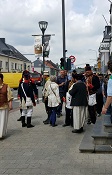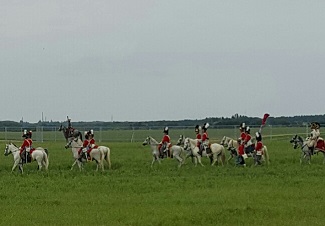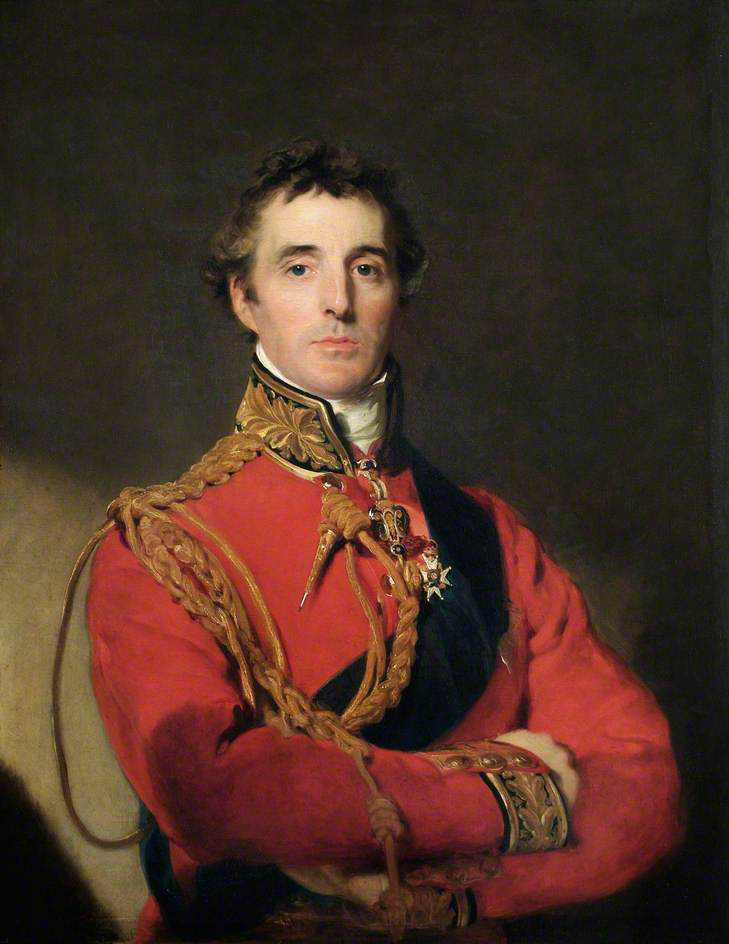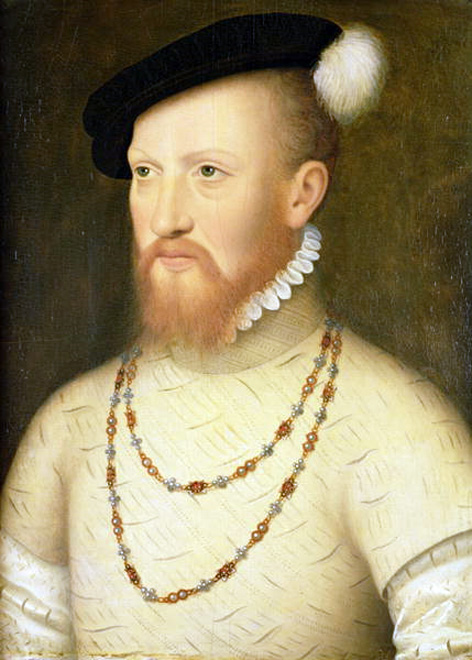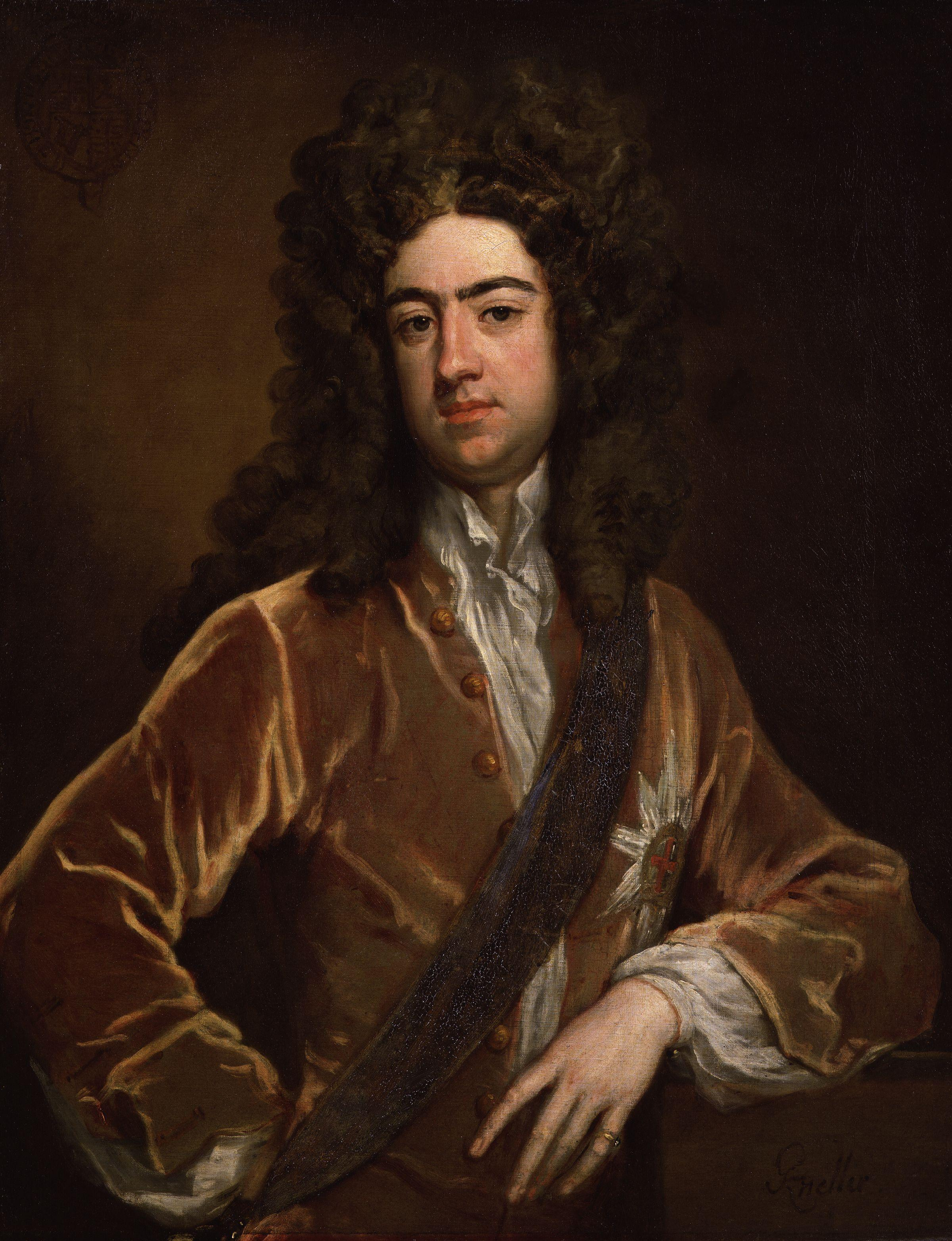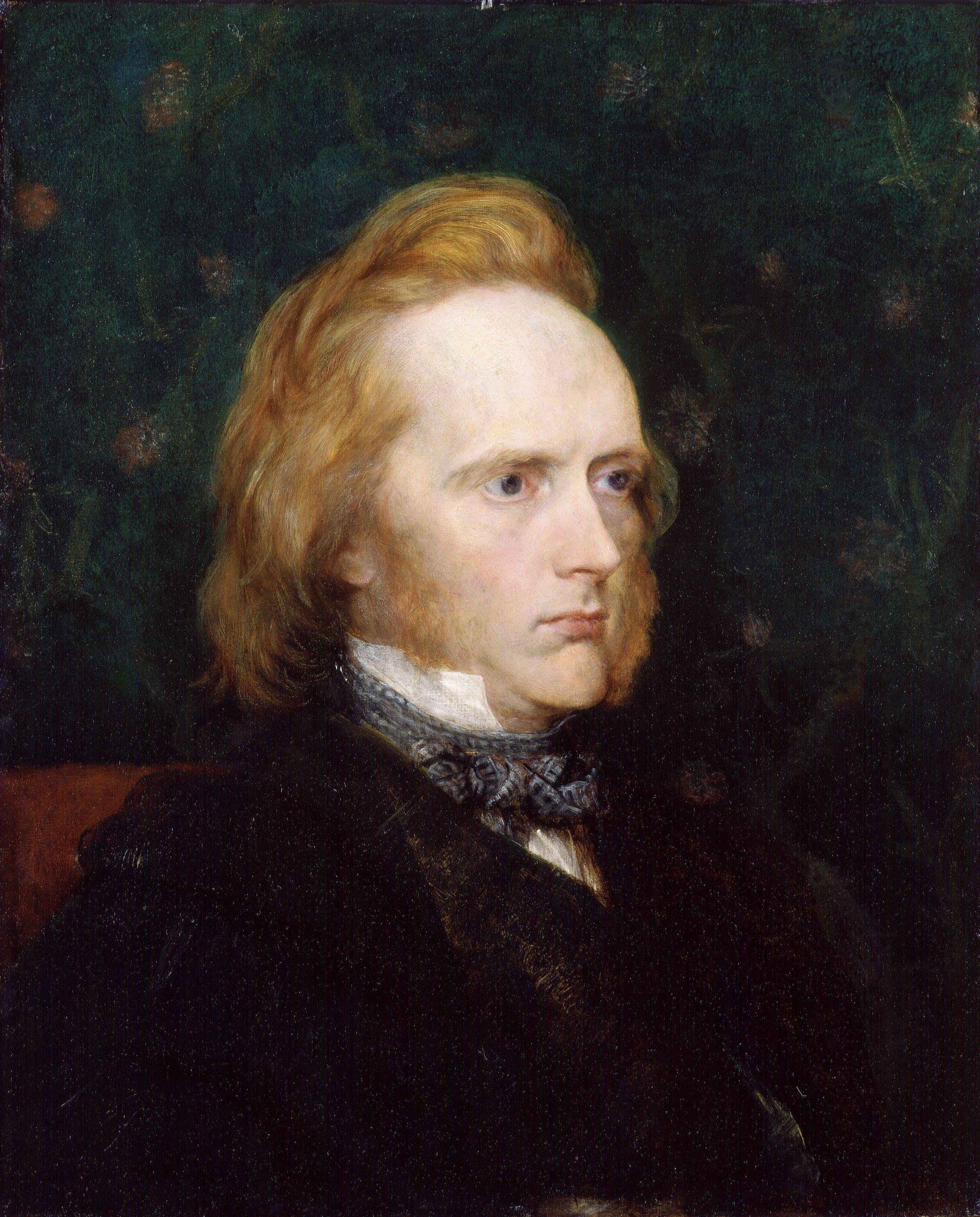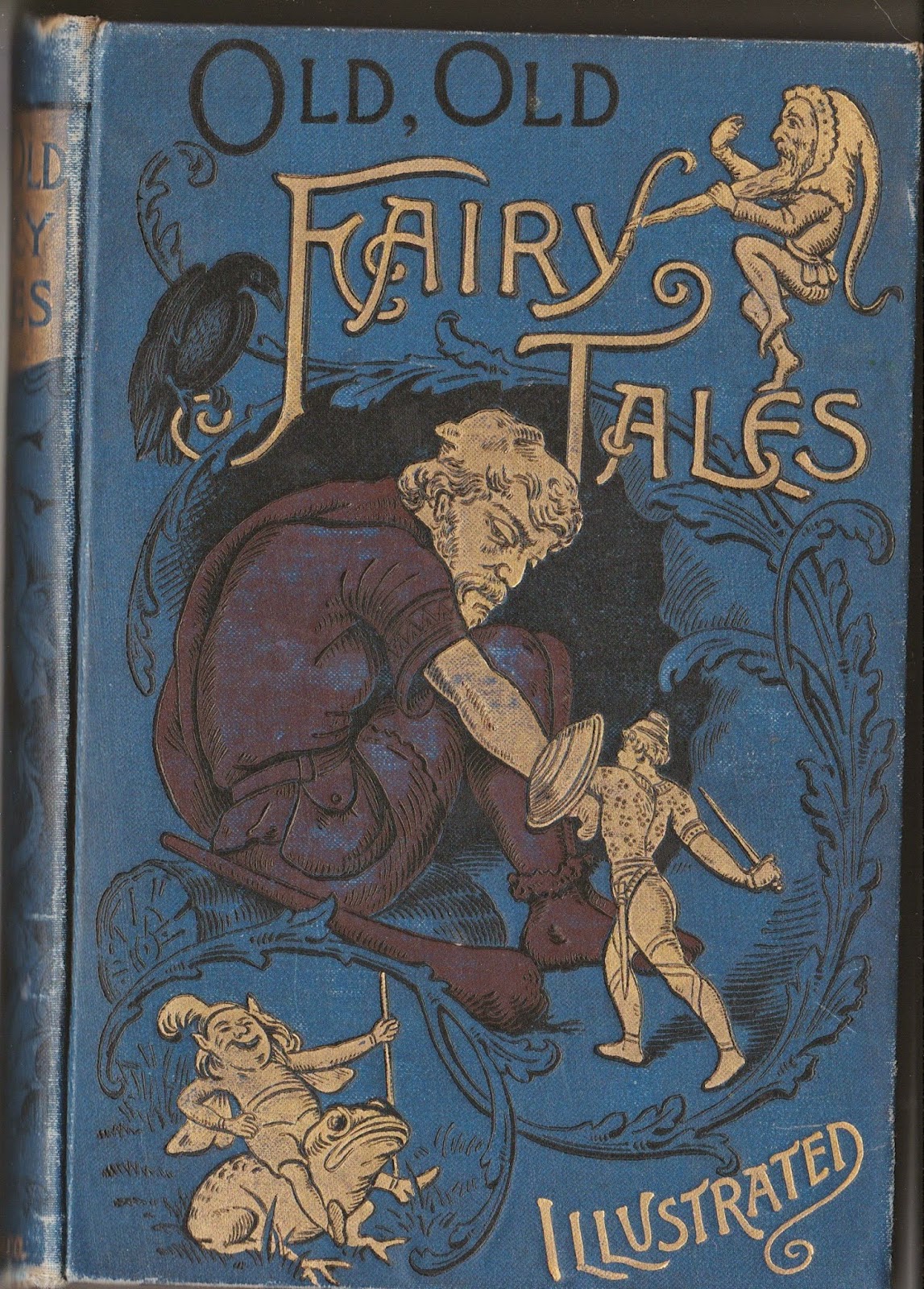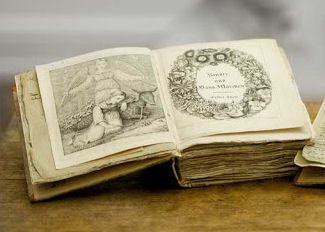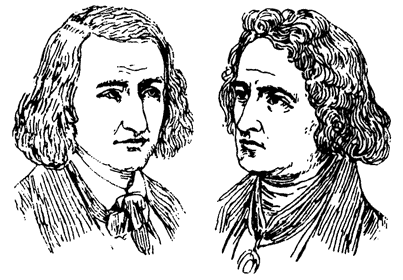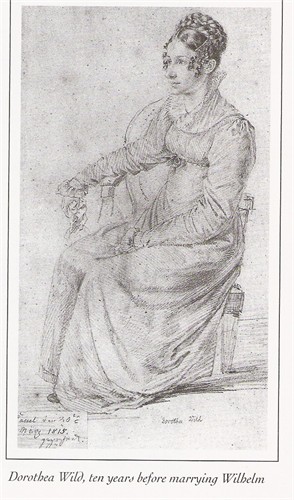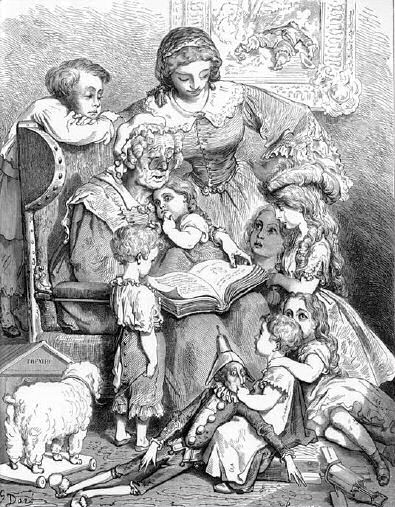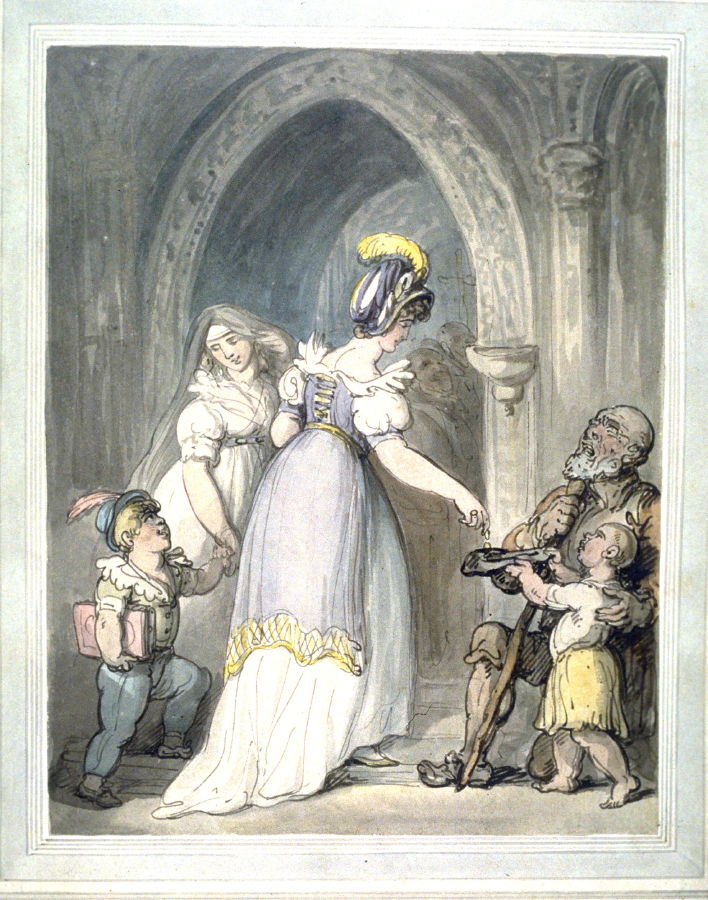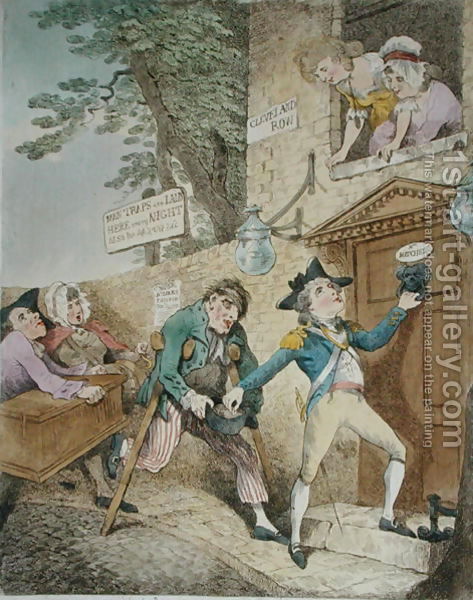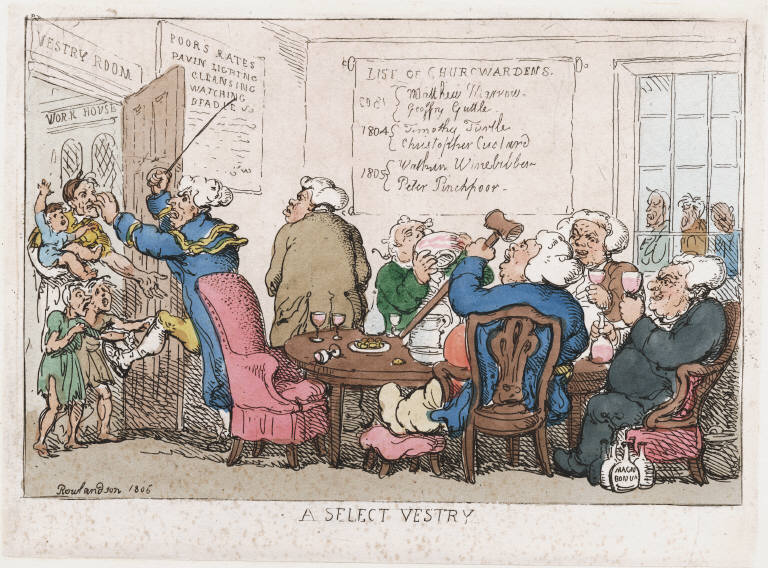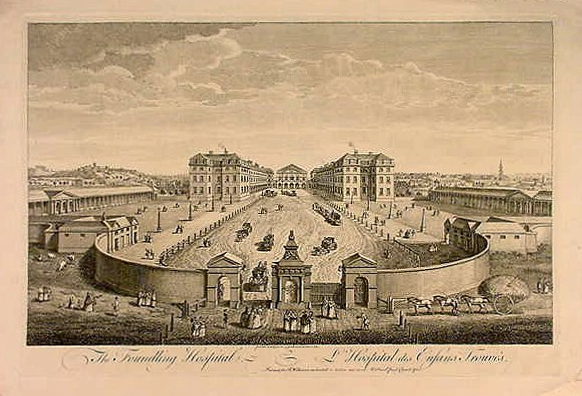Today Riskies guest Sarah Eagle continues sharing her experience of the Waterloo Anniversary celebration. Last week she offered us a glimpse of the Duchess of Richmond’s Ball, 2015, and this week we go along with her and fellow author Eileen Dreyer on their tour of the battlefields, complete with reenactments.  Sarah, who also writes contemporary romantic comedy as Sally Falcon, is offering a copy of LADY VENGEANCE, the first
Sarah, who also writes contemporary romantic comedy as Sally Falcon, is offering a copy of LADY VENGEANCE, the first 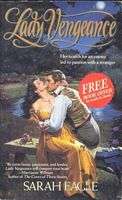 Regency Historical she wrote for Harper Monogram (1995) after writing traditional Regencies for Berkley, to a randomly chosen commenter. For her full bio and more details on her giveaway book, please revisit her post here last Wednesday (July 22). * * *
Regency Historical she wrote for Harper Monogram (1995) after writing traditional Regencies for Berkley, to a randomly chosen commenter. For her full bio and more details on her giveaway book, please revisit her post here last Wednesday (July 22). * * *
We returned to Brussels early Thursday morning (June 18) since we were meeting The Cultural Experience group (http://theculturalexperience.com) at the train station at noon. Once we were divided into our groups –named for French officers for some reason – the Reille bus headed for Waterloo and the Wellington Museum. The other tour members were a mix of Brits and Scots. Unlike the conversation before I left, all the people on the tour knew Waterloo and lots of details. Our admin on the bus was a retired Captain in the Queen’s Royal Lancers. Our tour guide, a retired NATO Lt. General, began almost the minute the bus left the train station.
CE provided a lovely 60 page book of color contemporary paintings of the area around Ligny, Quatre Bras and Waterloo as well as campaign maps for all the battles. When we arrived in Waterloo at the Wellington Museum, which had been headquarters for both Napoleon and Wellington, we were greeted by a cluster of reenactors both men and women. That seemed to be the norm anywhere you went around area. Across the street was the Church of St. Joseph that holds the memorials of many British who fought, including Royal Scots Greys. One memorial at the museum is now blank. It was Lord Uxbridge’s dedication to his leg he lost at the end of the battle of Waterloo. His family many years later decided to claim the leg and return it to his grave in England.
The next day was of Ligny where the French and Prussians fought. This was the first battle after the sighting of the French disrupted the Duchess of Richmond’s Ball. Jonathan, our guide, had us walking the fields and covered the ground that had been fought over. That night was the first reenactment. What an adventure! Stadiums had been put up in an L shape. Our tickets were in section K, but we hadn’t counted on the Belgian alphabet. The short part of the L for VIPs was A through D but when you rounded the corner it started at Z with K at the top of the stands. Our direct view was of the French cannons while the big action took place closer to the VIPs. Most of the narration was in French. The grasses on the field were about three feet high, which we’d seen in the fields during the day. That meant the horses were chest deep. In 1815, the wheat and rye were six feet high – about three feet higher than 2015.
On Saturday we continued our recounting of the battles with focus on Waterloo. The tour visited the bivouac of the allied troops who were camped around the Hougoument and the area marked off for the reenactment. The Battle of Waterloo was fought in a 3 mile square area. Looking at that area now it’s very hard to imagine the numbers of men, horses and cannon maneuvering. Tour members and troops mingled. That night we returned to the stands. Did I mention it was over a mile from the bus parking lot to the stands among a crowd of thousands?
The owner of The Cultural Experience had spoken to the people in charge over some issues from the first night. This evening all the horses and a good number of troops entered the field in front of where we were sitting. The narrative was in 4 languages. It was thrilling. Most of the action was still down field, but the wind shifted as the cannon started. The smoke moved over the VIP area and stayed there the rest of the night. Even though we weren’t level with the field it was exhilarating to be there for such an event.
The last day was spent at the Waterloo Visitors Center at the foot of the Lion’s Mound. The lion was erected by the King of the Netherlands for his son, the Prince of Orange. It’s interesting the interpretation of each country. “Slender Billy”, the prince, seemed to be responsible for a high percentage of the death (along with Jerome Bonaparte) but he has the  biggest monument. The Belgians also seem to think Napoleon won. It was very hard in the gift shops and elsewhere to find Wellington commemoratives. The fun part of the visit that day were all the reenactors who were taking the tour in uniform. It was a lovely ending to an amazing trip. * * *
biggest monument. The Belgians also seem to think Napoleon won. It was very hard in the gift shops and elsewhere to find Wellington commemoratives. The fun part of the visit that day were all the reenactors who were taking the tour in uniform. It was a lovely ending to an amazing trip. * * *
For a daily report on the trip go to http://eileendreyer.com/2015/06/waterloo-15-tour-day-1/
Sally and Eileen will be offering a program on their trip at the Novelists, Inc conference this fall.
What do you think about Sally’s adventure? Don’t forget to comment below if you want to be entered in the giveaway!


